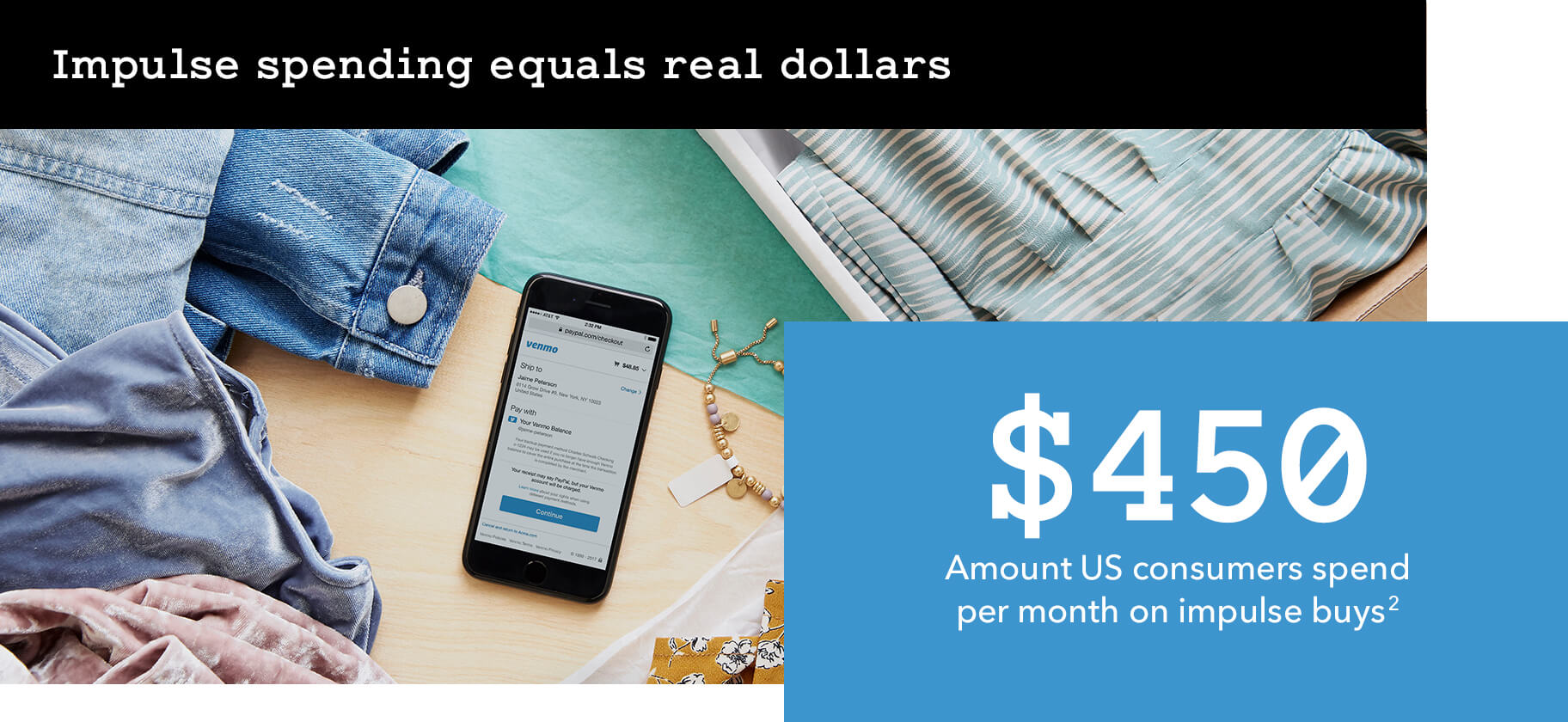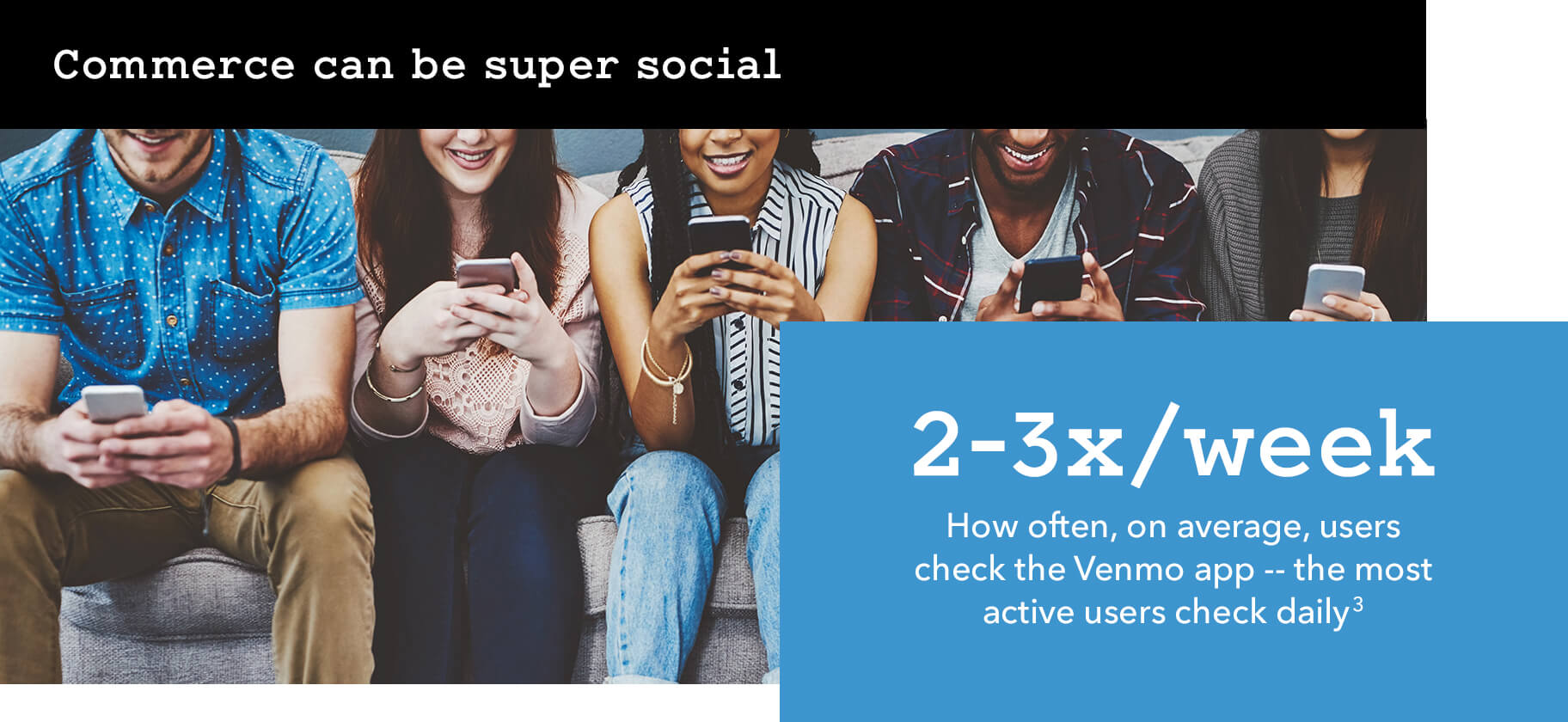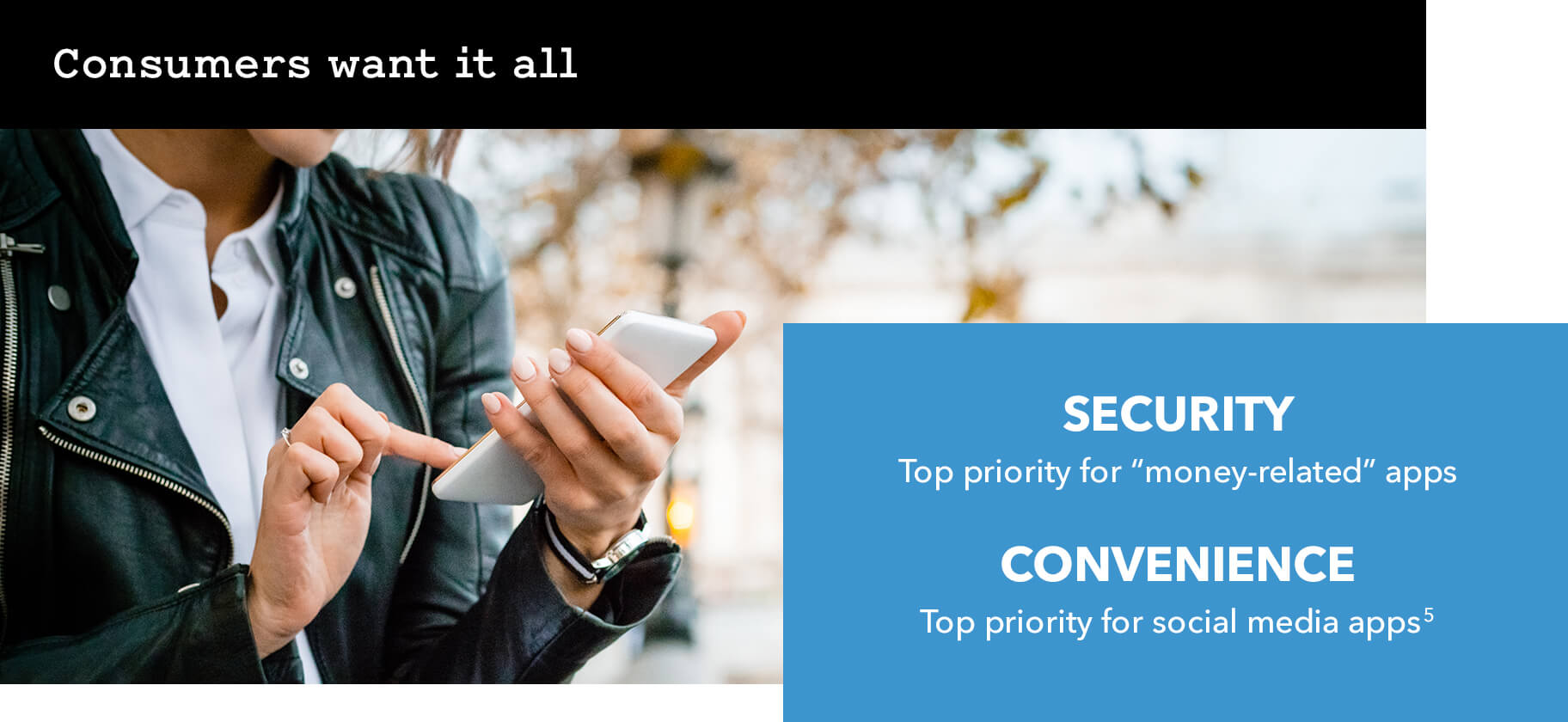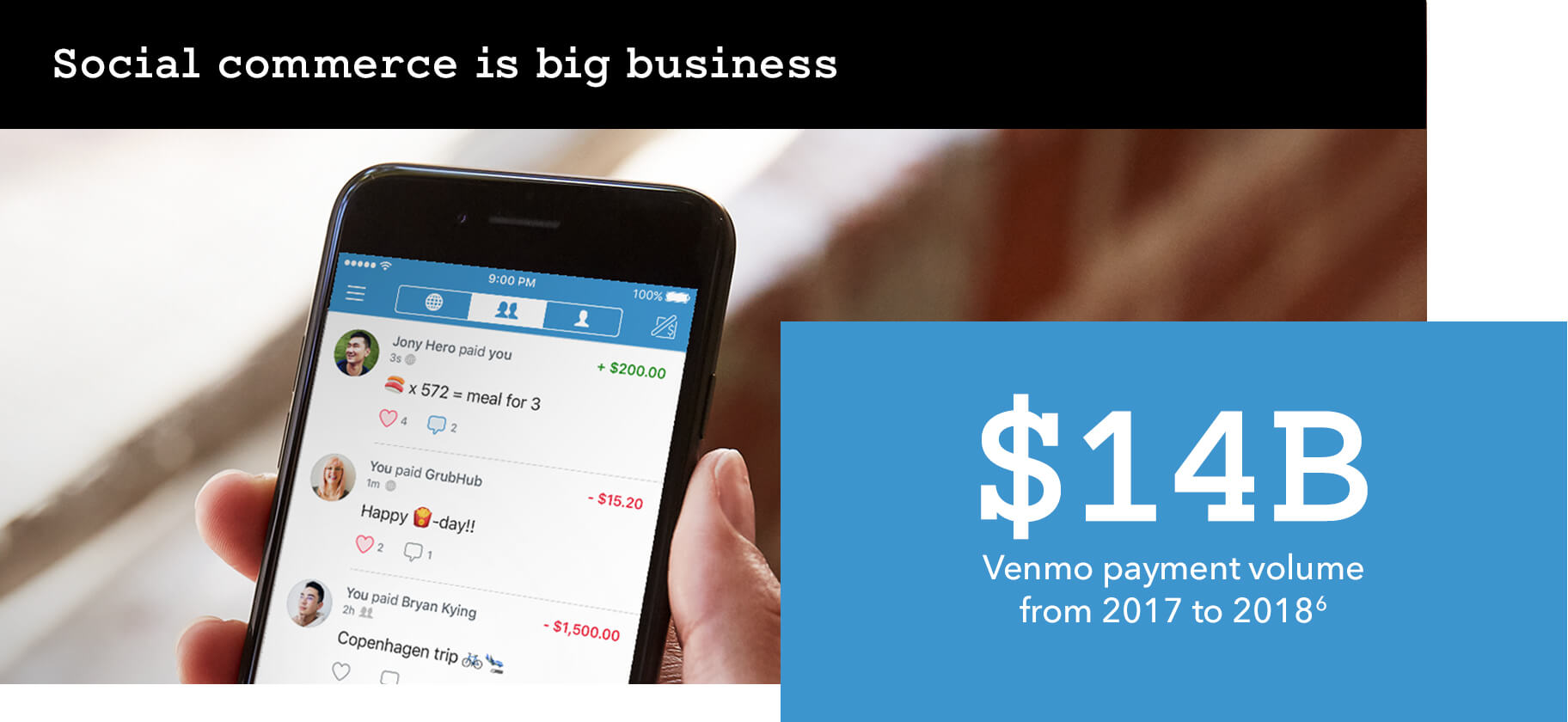From Pinterest “buy” buttons to “share now” options on Amazon, social commerce has rapidly evolved in a short amount of time. As the combination of transactions and social media becomes more mainstream, merchants are paying attention to what has worked, what has flopped, and what's next.
With the next wave of social commerce innovations already underway, understanding the impact of these trends on your ecommerce operations -- and the role of the right payments partner -- can make it easier to capitalize on them.
Here are four critical social commerce trends that every online merchant should pay attention to if they want to capture the next generation of consumers.
1. Impulse purchases are becoming even easier
Most of us are familiar with the experience of an impulse buy -- something we had to have right away to remember a specific experience, to take advantage of a short-lived deal, or simply because the item spoke to us in that moment. In fact, one 2018 study reported that Americans spend about $5,400 annually on impulse buys.1 Social media can facilitate these types of purchases by providing a platform where people can show friends items they've recently purchased or share information about sales from their favorite brands. For retailers, this has the bonus of introducing potential new customers to products or services.
But savvy ecommerce companies are going further by ensuring that shoppers can check out right at the moment they take action, without being redirected to a different site to pay. Braintree makes this frictionless checkout possible via Braintree Extend, helping merchants create purchase opportunities within partner platforms so that when customers see something they want, they can quickly buy it.

2. Peer-to-peer payments serve as a social network
The rise of peer-to-peer payment platforms such as Venmo has given businesses a new way to connect with consumers. Venmo is a digital wallet that allows consumers to make transactions with companies and between friends via their mobile device. Though the platform is payment focused, it also contains a social media component that lets users document and share their transaction activity -- serving up a world of opportunities for merchants who accept Venmo as a payment method. For instance, consider a group of friends going out for a movie and dinner, splitting the cost of a rental car on a road trip, or sharing an Uber home. With Venmo, they can make the purchases and share what they're doing, all in one place. A purchase memo might include an emoji of a car, a smiley face, and a note thanking friends for a fun night out. Merchants become part of these natural conversations and interactions by simply offering Venmo as a payment method at checkout. Braintree makes it easy for merchants to do just that and also provide other popular payment methods.

3. Security and convenience aren't mutually exclusive
A 2018 survey by IBM shows that millennials prioritized convenience (though just slightly) over privacy and security when it came to using social media apps.4 However, with banking, budgeting, and “money-related” apps, the opposite was true. In these areas, millennials, and the vast majority of adults in general, cited security as their top concern. The survey illustrates an important point -- as social media and commerce converge, consumers may not want to choose between security and convenience. Instead, they'll likely expect both.
To get the most from social commerce, smart merchants are highlighting the convenience of their payment options along with the security of their overall payment process. Those who use Braintree, for example, can tout that they accept Venmo, PayPal, and other payment methods trusted and preferred by millennials -- and the next generation of consumers. Of equal importance is the fact that these payment options are backed by ecommerce security best practices and fraud protection. Braintree provides fraud-detection tools that help merchants to identify and reduce fraudulent transactions while still accepting other orders. In addition, data security measures such as the Braintree Vault help maintain secure and encrypted payment information, making it difficult for potential thieves to access and use.

4. When it comes to sharing, context is everything
While the option to share your most recent purchase is now commonplace on many ecommerce websites, most consumers are relatively selective about what -- and where -- they choose to share. Case in point: Skim through your Facebook or Instagram feed. In all likelihood, very few of your friends will have noted that they just ordered a pizza with their spouse or repaid a friend for concert tickets.
So what spurs the social sharing of purchases? The differentiator is the ability to add context to a payment activity. A social commerce platform such as Venmo facilitates the transaction first and then provides an appropriate, natural forum in which to share it. Merchants who offer Venmo at checkout have the opportunity to parlay this organic sharing into authentic, experienced-based marketing for their brands. Consumers who use Venmo to make a purchase can easily broadcast their experience to their network -- all within the same app.

Social commerce promises to be big business. Merchants who get ahead of the trends -- like adding experiences to transactions, highlighting security and convenience, and more -- stand to benefit. And leveraging a payments partner like Braintree can help merchants make consumer transactions as easy as sharing something on social media.
Want to learn more?
Read the full whitepaper





